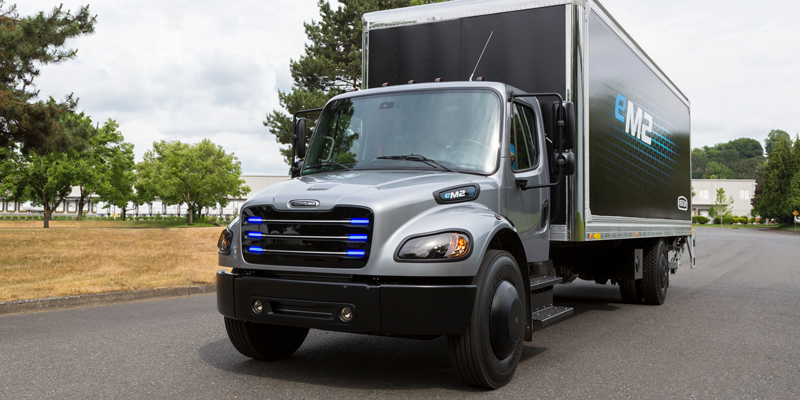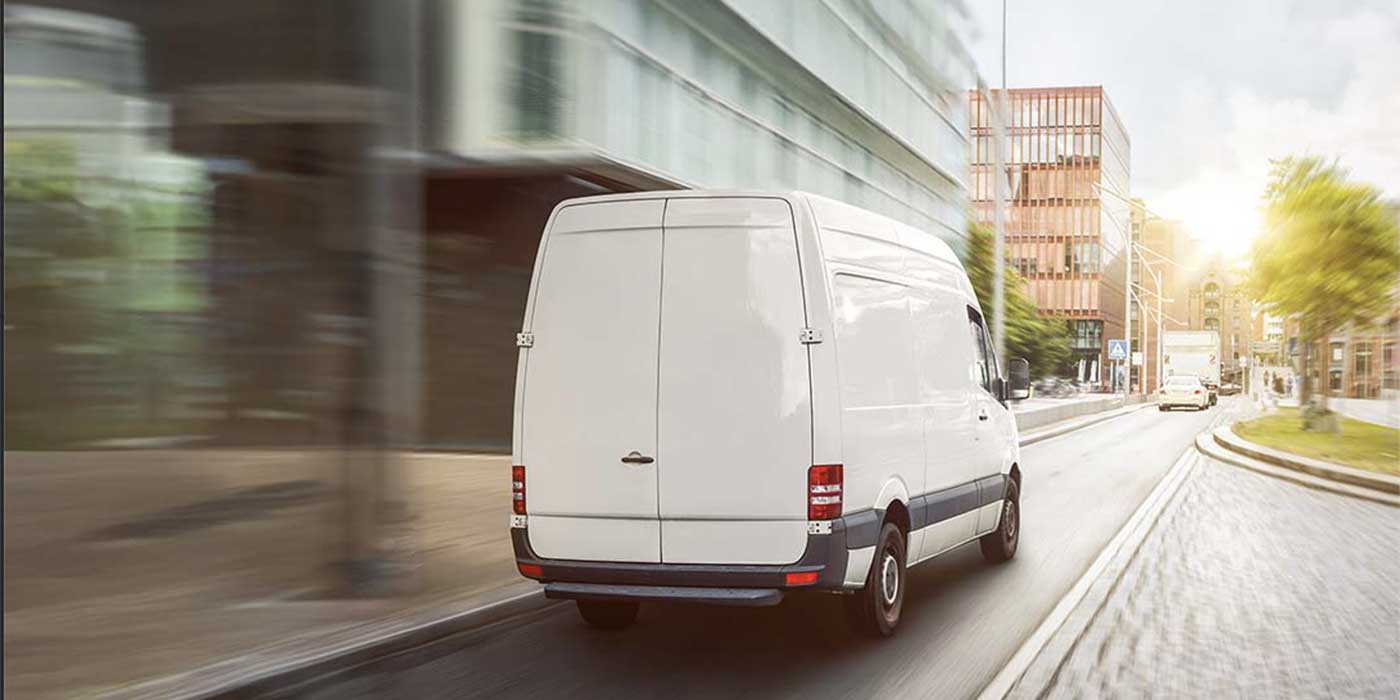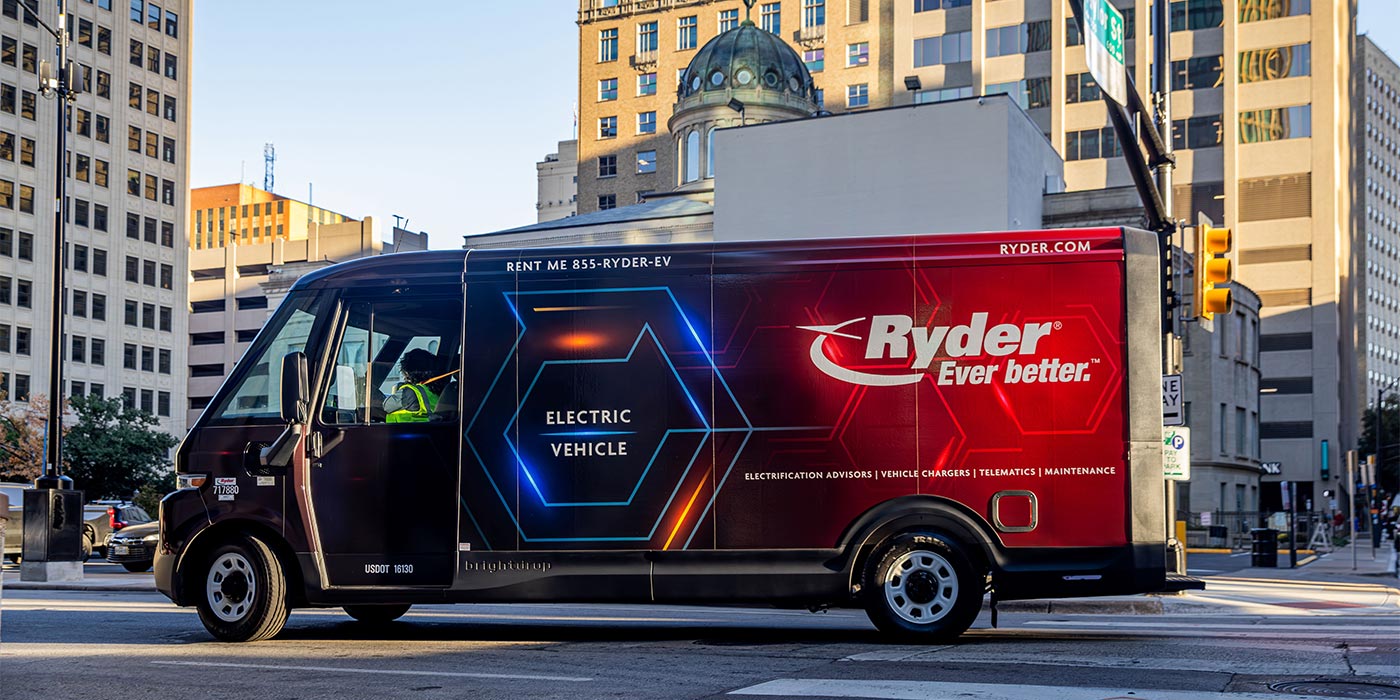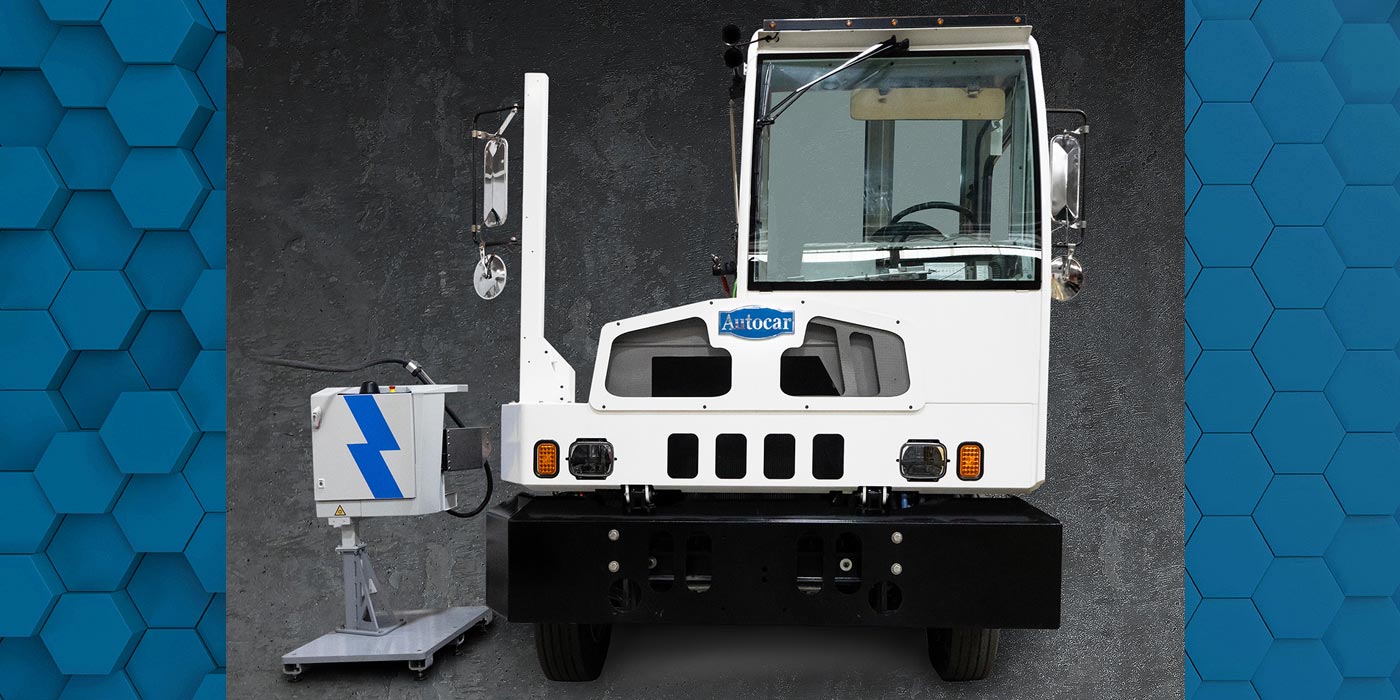A tipping point is rapidly approaching in the drive to develop electric commercial vehicles, according to Jose Pachicano, chief engineer for product strategy at Navistar. For those units, he said, reduced fuel use and maintenance costs will yield rough parity with traditional designs, even allowing for higher upfront costs. At the same time, larger scale production will lower the total cost of ownership for electric vehicles (EVs).
Pachicano’s comments were made during a session on HD Fleet Electrification at the recent Electric Utility Fleet Managers Conference, which brought together more than 125 representatives from investor-owned electric utility, electric cooperative and electrical contractor fleets, as well as representatives from about 100 manufacturers and service providers. Part of the annual EUFMC educational program, this particular session focused on the growing number of electric vehicle options from manufacturers and the experience of early adopters.
“The key to the adoption of electric propulsion is reduced battery and maintenance costs,” Pachicano said. “Navistar’s approach to electrification implementation is to work with customers through the entire process, including determining requirements and efficiencies and exploring funding opportunities.
“We are also working on configuring production facilities to build electric trucks, requirements for chargers and charging infrastructures, and ways to connect and communicate with EVs through telematics,” Pachicano added. “Our path to electric vehicles over the next two years includes engineering development and then low volume production.”
Peter Jahn, with the product strategy team at Daimler Trucks North America (DTNA), said the manufacturer’s approach is to co-develop electric vehicles with fleets and utilities. “Any successful electric truck deployment will include route assessments and economic feasibility analyses,” he said. “Other considerations include charging infrastructures, maintenance and operations factors, having a dealer support network and fleet management needs.”
DTNA’s electric vehicle development plans include leveraging products from its global operations. In North America, for example, it already offers the Freightliner eM2 medium-duty battery electric truck, which features a 230-mile range and an 80% recharge time of 90 minutes. Other models include Class 4 Fuso eCanter electric trucks and Class 8 Freightliner eCascadia tractors.
On the EUFMC panel as well was Rick Thomsen, senior equipment design specialist with San Diego Gas & Electric. “Currently, 14% of the SDG&E fleet is made up of alternative fuel vehicles, including a number of battery electric models,” he said. “Our fleet sustainability goal is to be operating 22% of the fleet on alternative fuels by the end of 2020.”
The electrification selection process for the SDG&E fleet, Thomsen noted, is based on use case compatibility factors. Considerations include operational fit, supplier flexibility and dependability, the impact on payload from the electric systems, current and future upfit options, warranty and OEM support, ease of operation and the end user learning curve, and lifecycle ROI timeframes. SDG&E is also focused on ensuring that charging infrastructure plans and schedules align with electric vehicle purchase plans.
Beyond providing vehicle propulsion, battery electric platforms in medium-duty vehicles at SDG&E will provide exportable power for hydraulic and auxiliary systems, and tools and accessories, in place of idling of the engine or using a gas or diesel generator. That will lead to quieter job site operations and reduced fuel consumption and emissions, Thomsen said.
“We’re engaging stakeholders,” Thomsen continued. “We need our leadership to secure funding for vehicles, infrastructure and support efforts, our facilities organization to manage construction costs and timelines, footprints, planning, and permits, and our fleet management to make infrastructure needs, vehicle costs and timelines clear to everyone.”
The 2020 Electric Utility Fleet Managers Conference will be held May 31 through June 3 at the Williamsburg Lodge and Conference Center, Williamsburg, Va. For more information, visit eufmc.com.
Check out the rest of the July digital edition of Fleet Equipment here.














